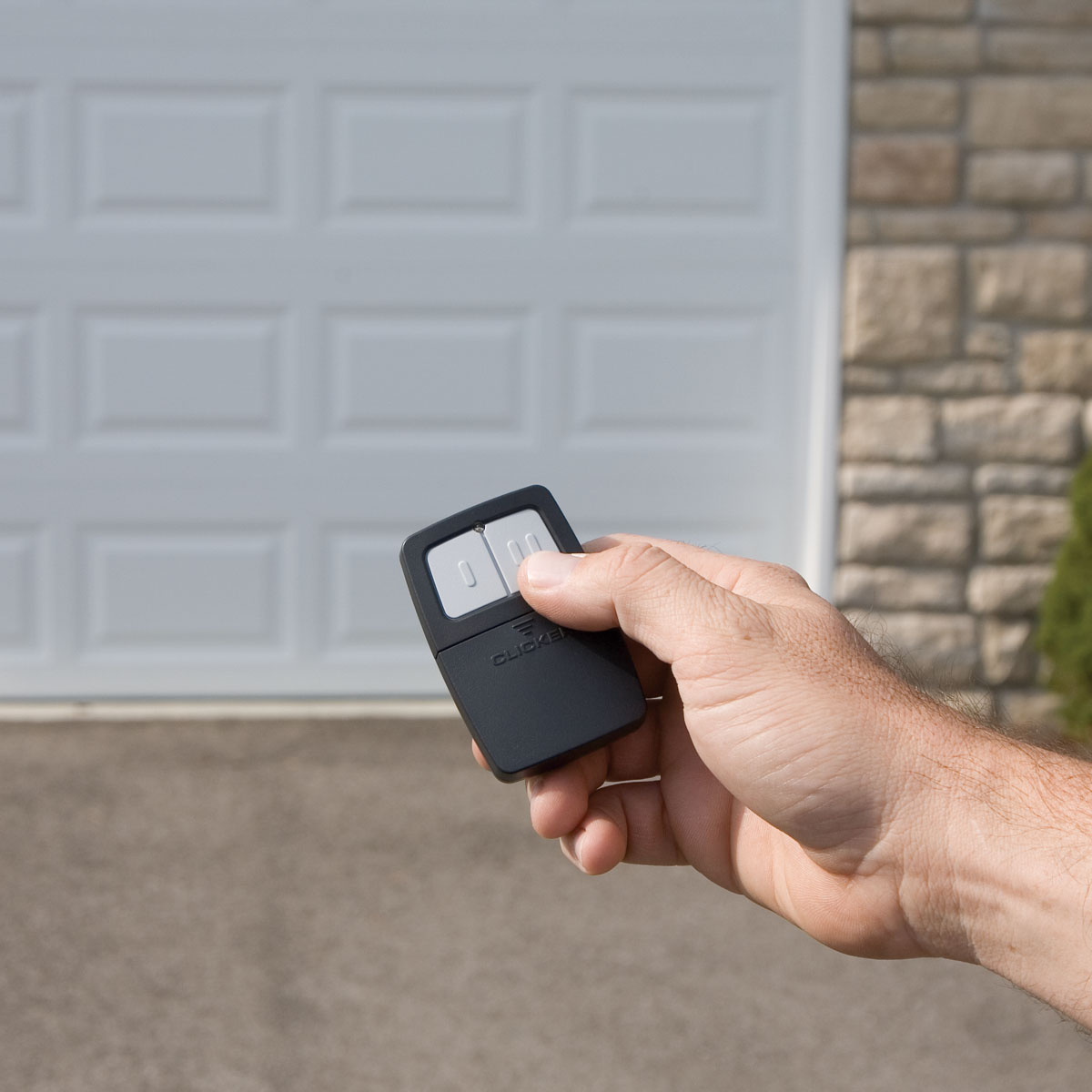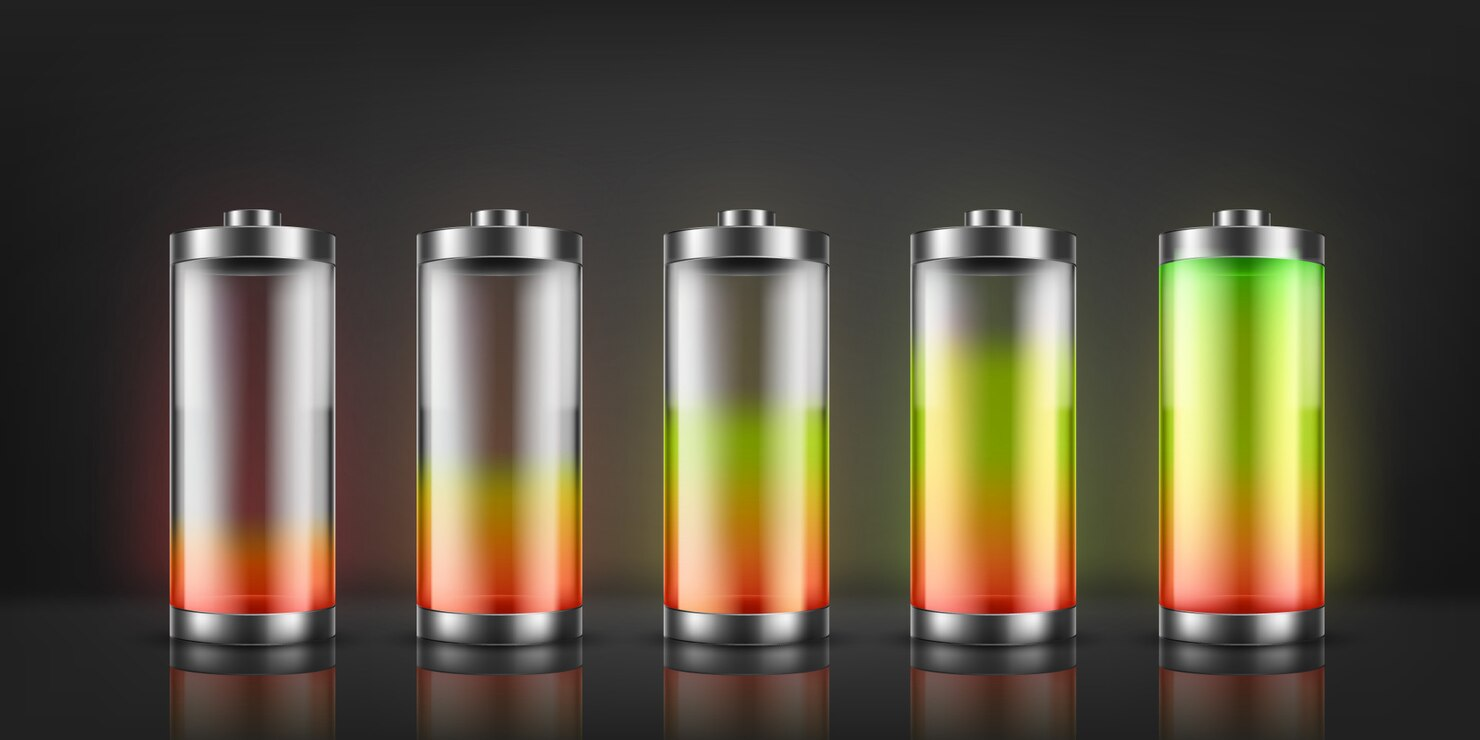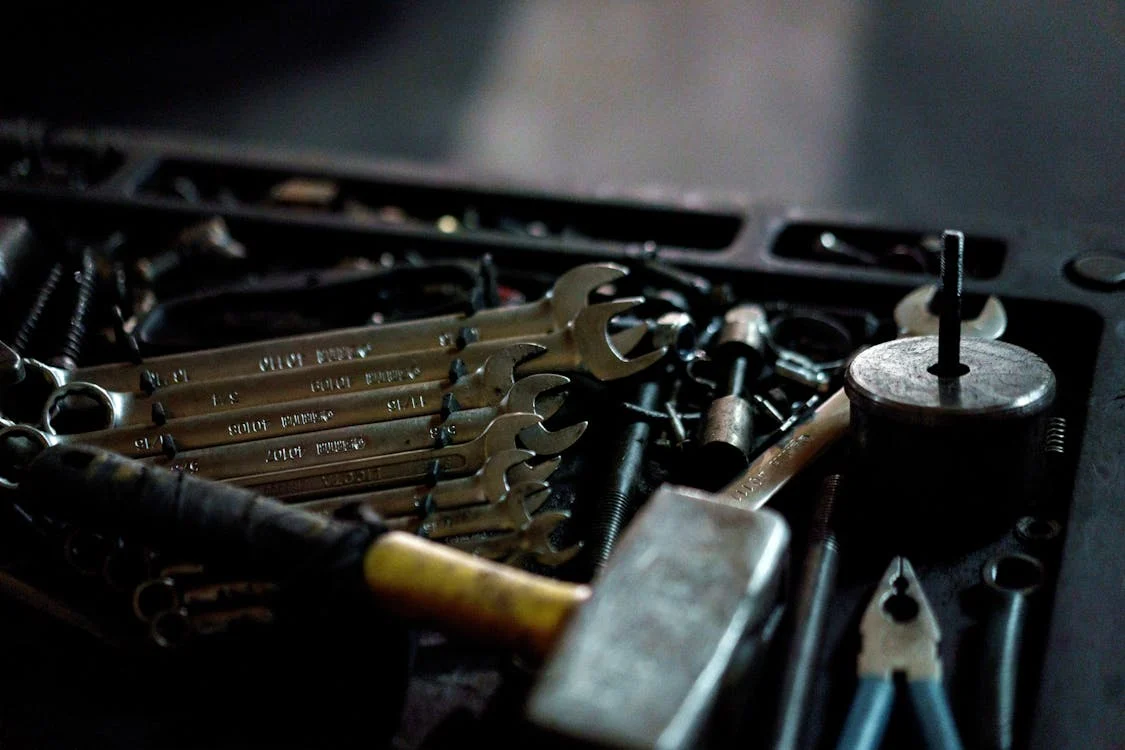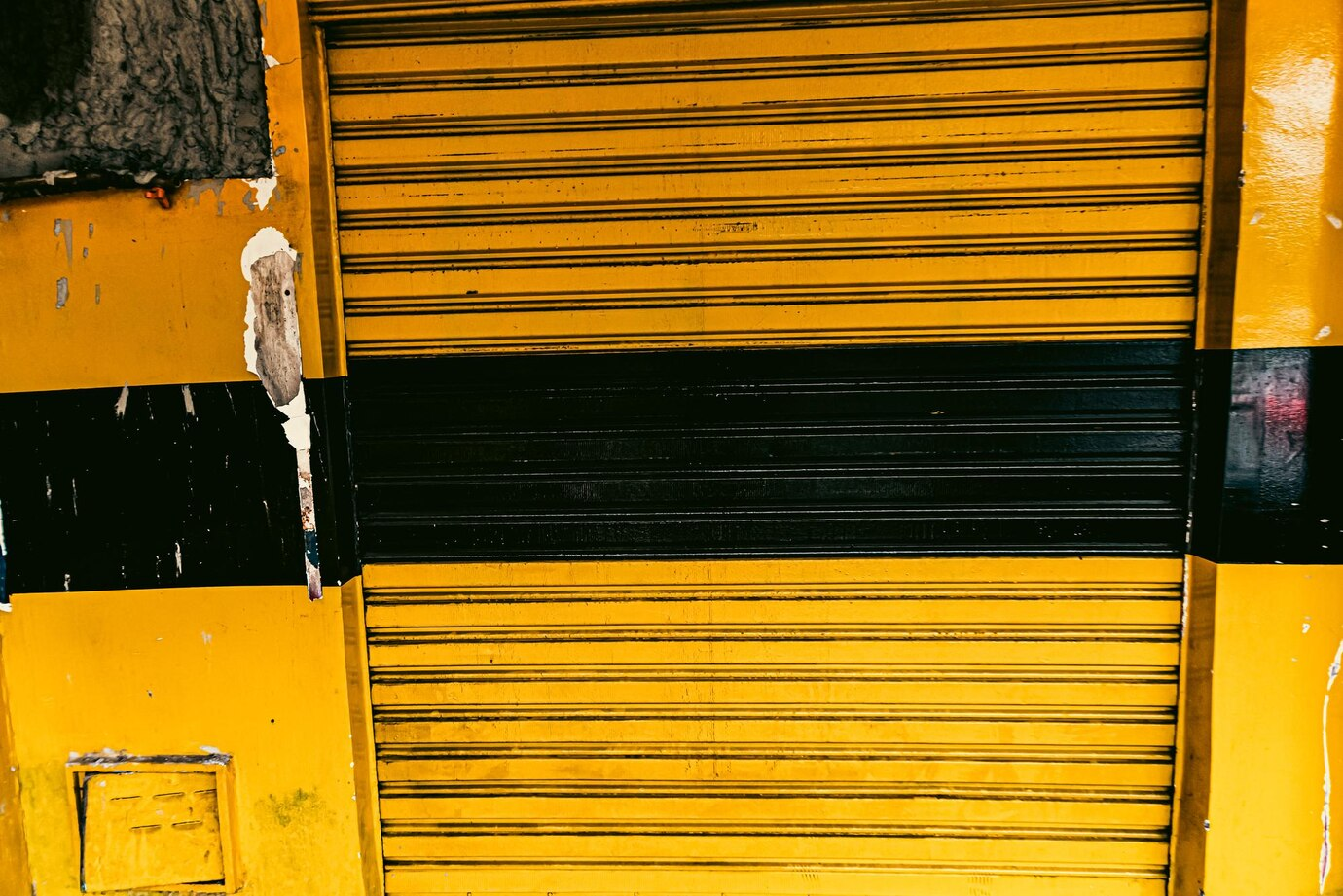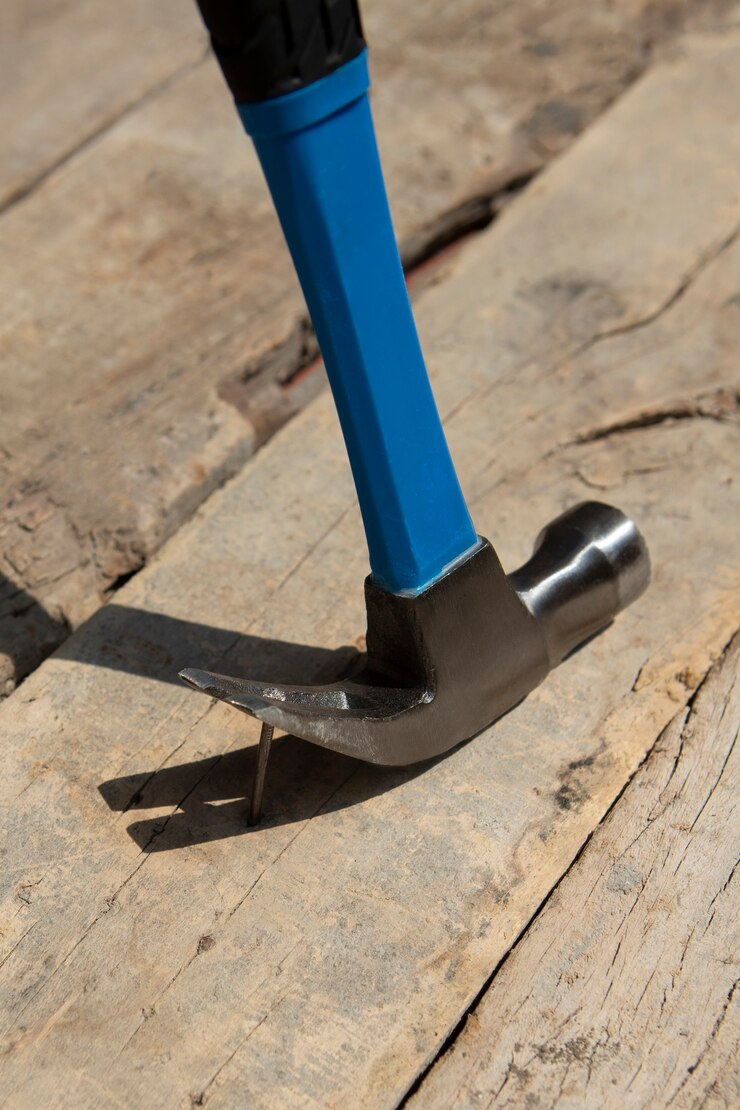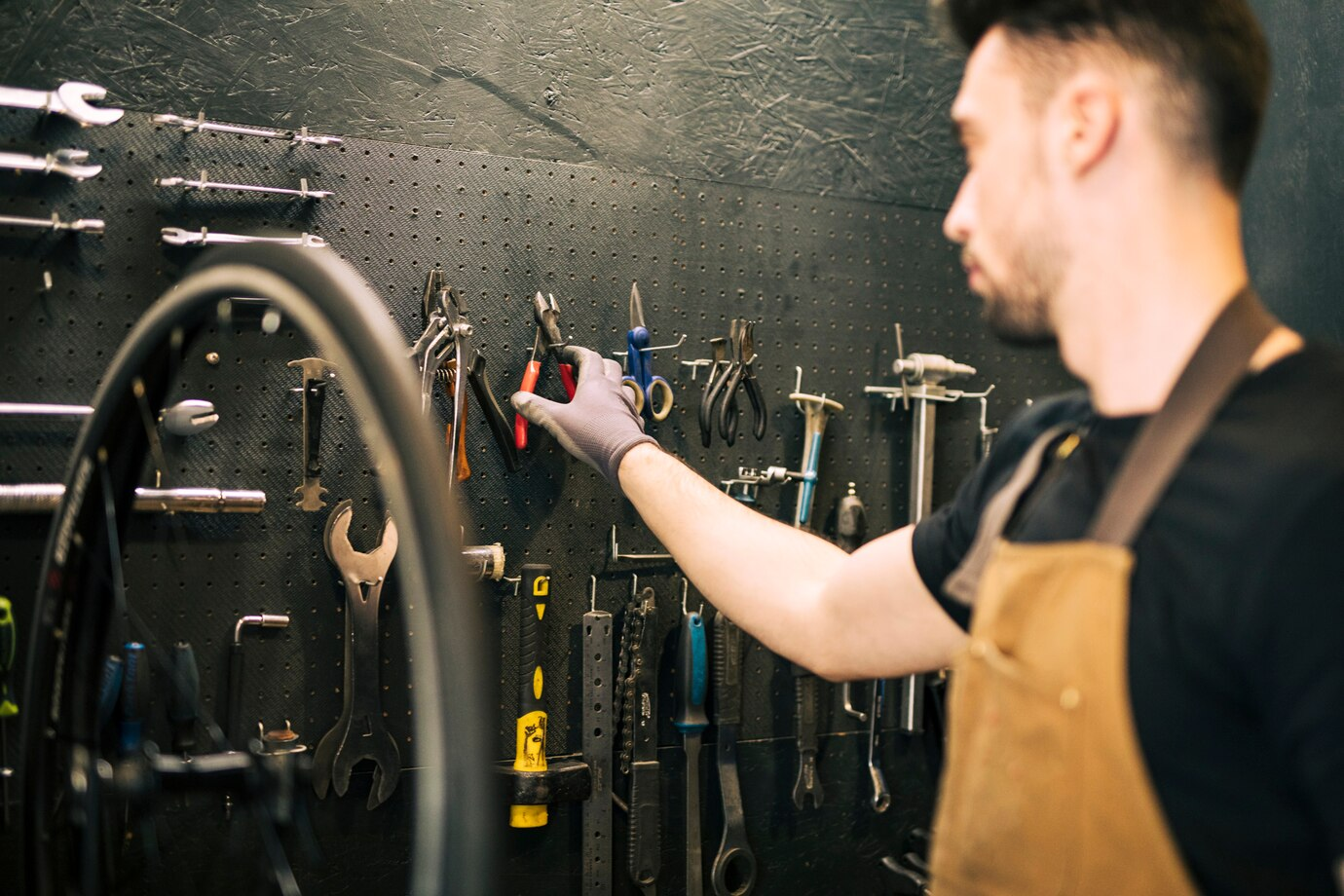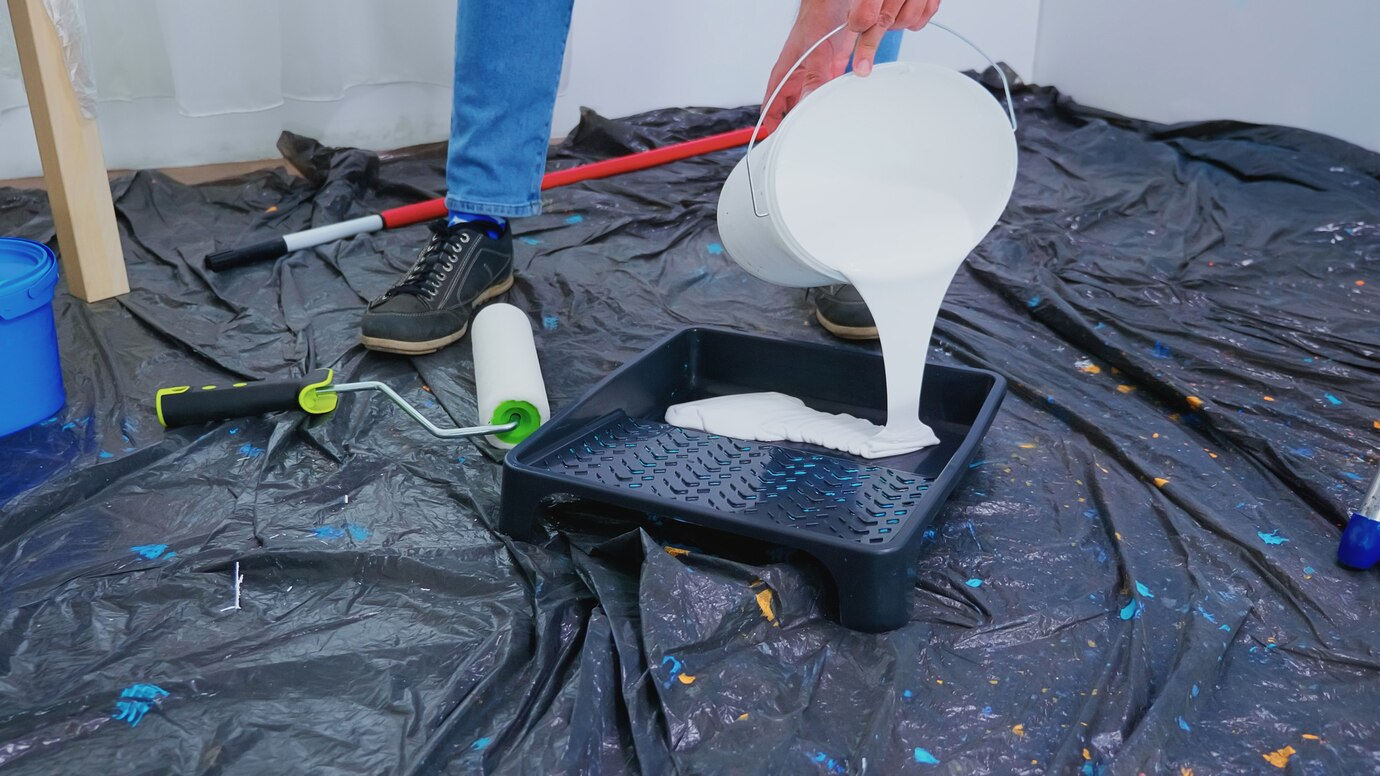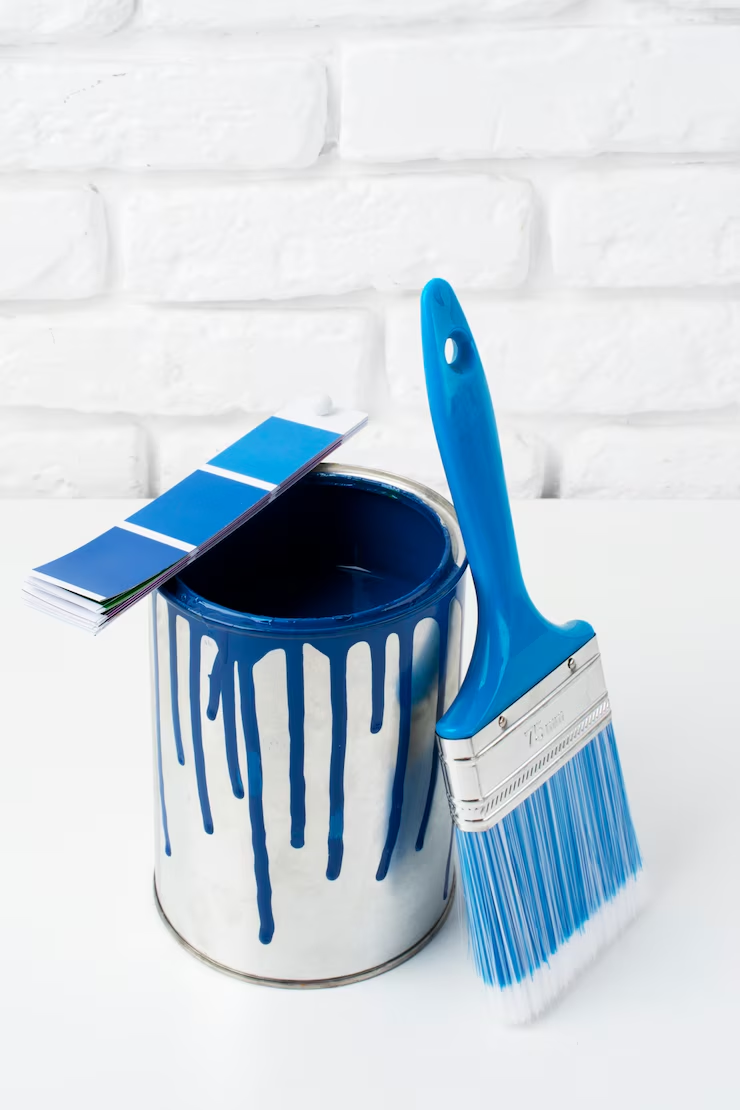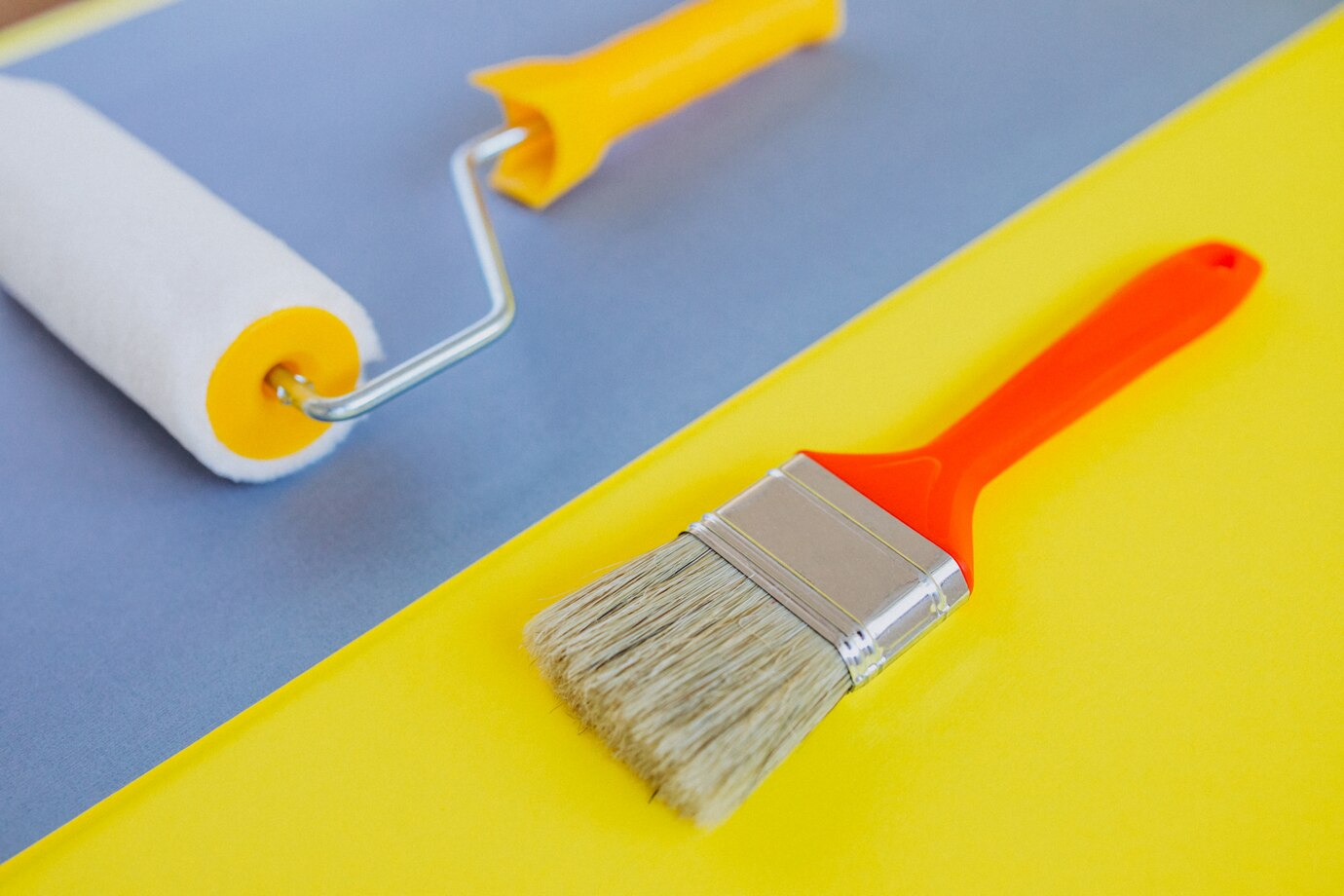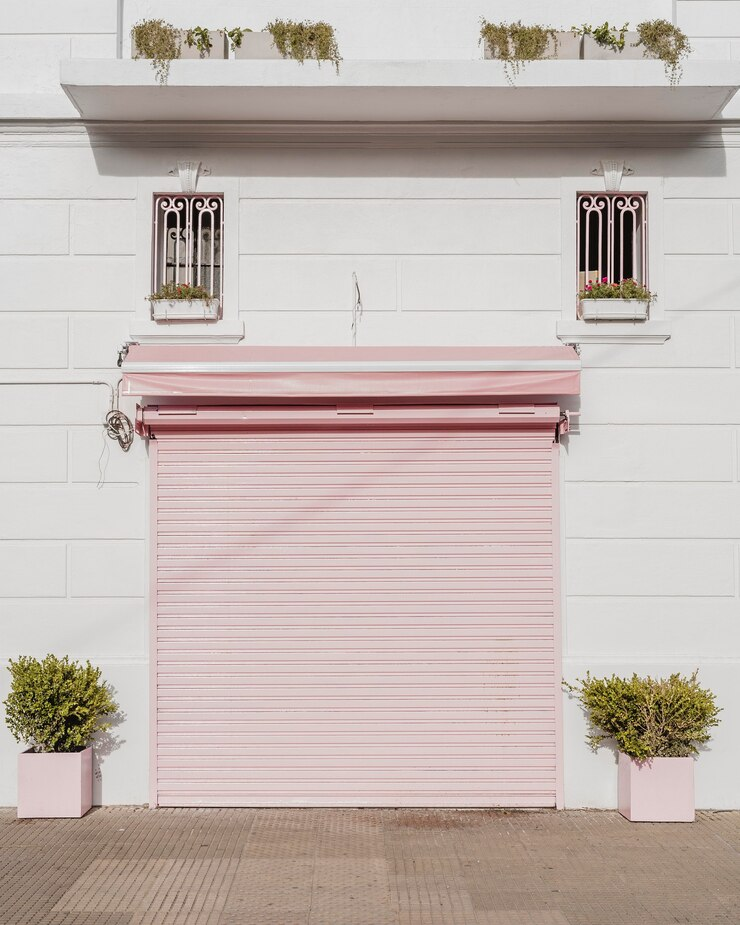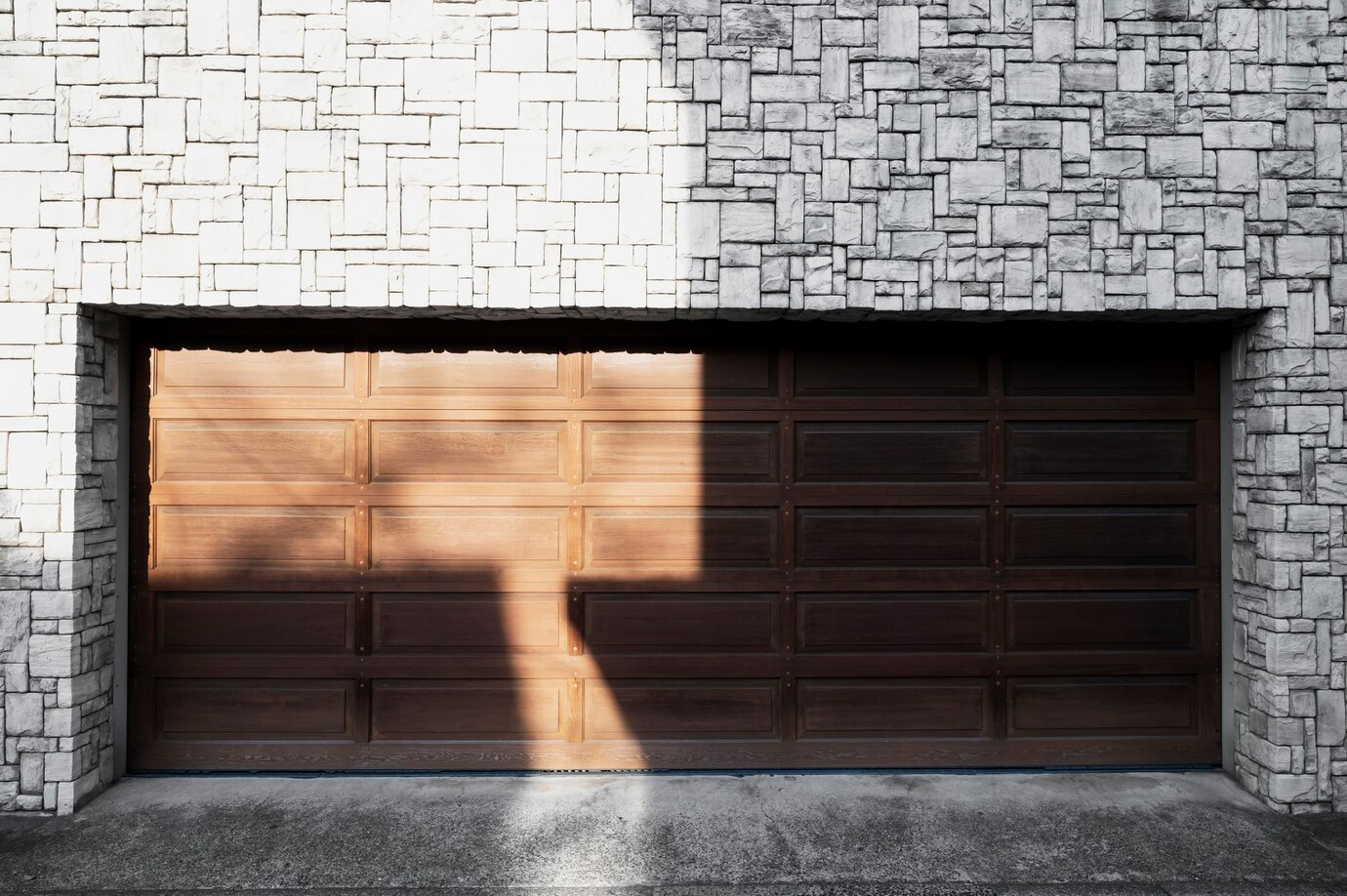Have you ever pressed the garage remote control and watched in frustration as nothing happened? If you’ve noticed your sensors aren’t lighting up, you’re not alone. Many homeowners face this common issue, which can be both baffling and inconvenient.
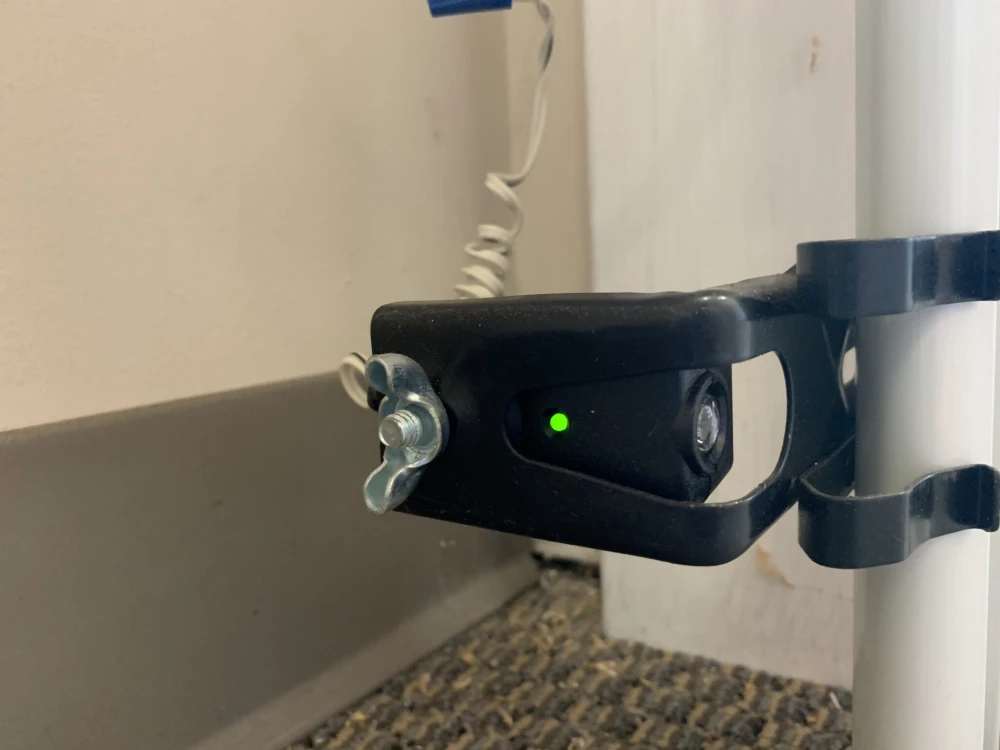
The good news is that if you can recognize the reason, it could help you resolve the problem efficiently. Let’s check out some common answers to the question of why are my garage door sensors not lighting up and what to do in such a case.
What Do Garage Door Sensors Do?
Safety sensors have an important role in ensuring safety and convenience. They’re positioned on either side of the garage door near the ground. These devices use infrared beams to detect obstacles in their path.
When you press the remote or wall button, the sensors communicate with each other. If something interrupts that beam, like a car or even a child’s toy, the door halts its closing motion. This prevents accidents and injuries.
Additionally, garage door sensors contribute to smooth operation. They help maintain proper alignment and prevent damage to both your vehicle and your garage structure.
Their functionality adds peace of mind and ensures daily safety while using your garage. Without them working correctly, you may face frustrating situations when opening or closing the door.
Common Reasons a Garage Door Sensor Stops Working
As the name suggests, a garage door safety sensor is needed for safe operation. When it stops working, it can lead to a hazard. Here are some common reasons for the failure:
- Misalignment;
- Dirt or debris blocking their path;
- Wiring problems;
- Power supply issues;
- Aging or worn-out sensors;
One common issue is misalignment. Photo eye sensors need to face each other directly to function properly. Even a slight shift can disrupt the connection.
Another frequent culprit is dirt or debris blocking the sensor’s path. Dust, leaves, or spider webs can obstruct signals, which can prevent them from detecting motion accurately.
Wiring problems often arise, too. Frayed wires or loose connections may cause intermittent failures that leave your garage door unresponsive.
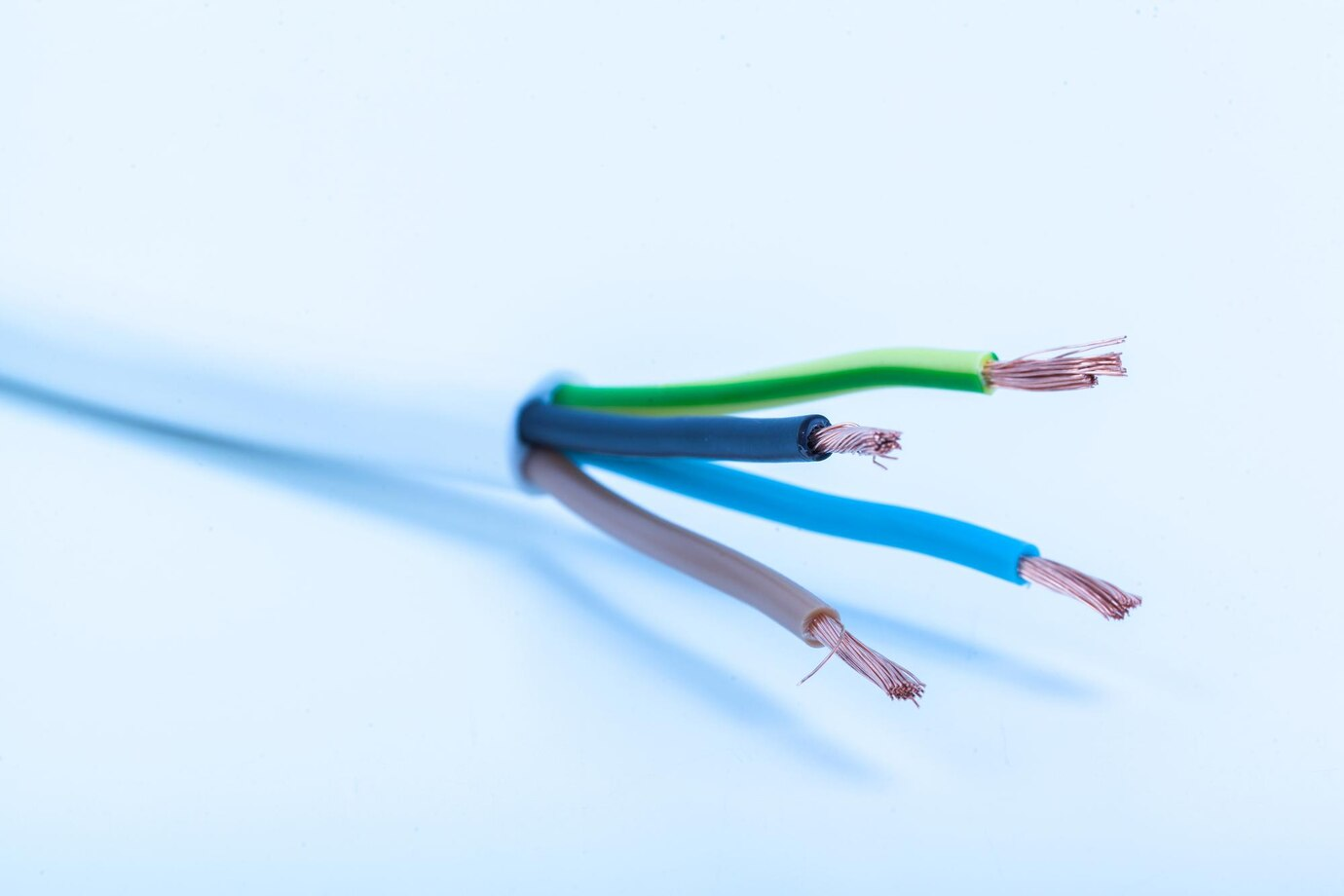
In addition, you may face issues with the power supply. If there’s an electrical interruption or blown fuse in your system, it could prevent the sensors from lighting up altogether.
Finally, there’s age as an important factor as well. Older sensors may simply wear out over time and fail without warning. Regular maintenance can help catch these signs early on.
How Can I Fix the Issue?
If your garage door sensors aren’t lighting up, start with a visual inspection. Check for any dirt or debris obstructing the sensor’s eye. A quick wipe with a clean cloth can often do wonders.
Next, ensure that the sensors are properly aligned. Misalignment is a common issue that’s easily solvable. How to realign garage door sensors? Simply gently turn them towards each other until they’re facing directly.
You should check the wiring as well. Look for frayed wires or loose connections that could disrupt power to the sensors. You may need to replace the damaged components if you notice any trouble.

Sometimes, resetting the garage door opener motor unit also helps resolve issues. If you unplug it for about 30 seconds and then plug it back in, it might restore functionality. Lastly, check your circuit breaker to make sure there hasn’t been a trip affecting the power supply to your opener system.
When to Call in the Professionals?
When it comes to safety sensors, sometimes the DIY approach isn’t enough. If you’ve tried troubleshooting the issue but both garage door sensors are not lighting up, it might be time to call in the professionals.
Professional technicians have specialized tools and knowledge that can help diagnose complex problems. They can quickly determine if there’s a deeper issue at play, such as wiring problems or faulty components. Additionally, they can ensure that everything is safely and correctly installed.
You should always seek assistance if you’re unsure about tackling electrical issues or feel uncomfortable with repairs. Safety should always come first when dealing with mechanical systems. So, if your efforts haven’t yielded results after a reasonable attempt, don’t hesitate to reach out to a garage door repair company.
Our skilled technicians are available 24/7 for all your garage door needs. Get in touch right away and book yourself a free estimate.


